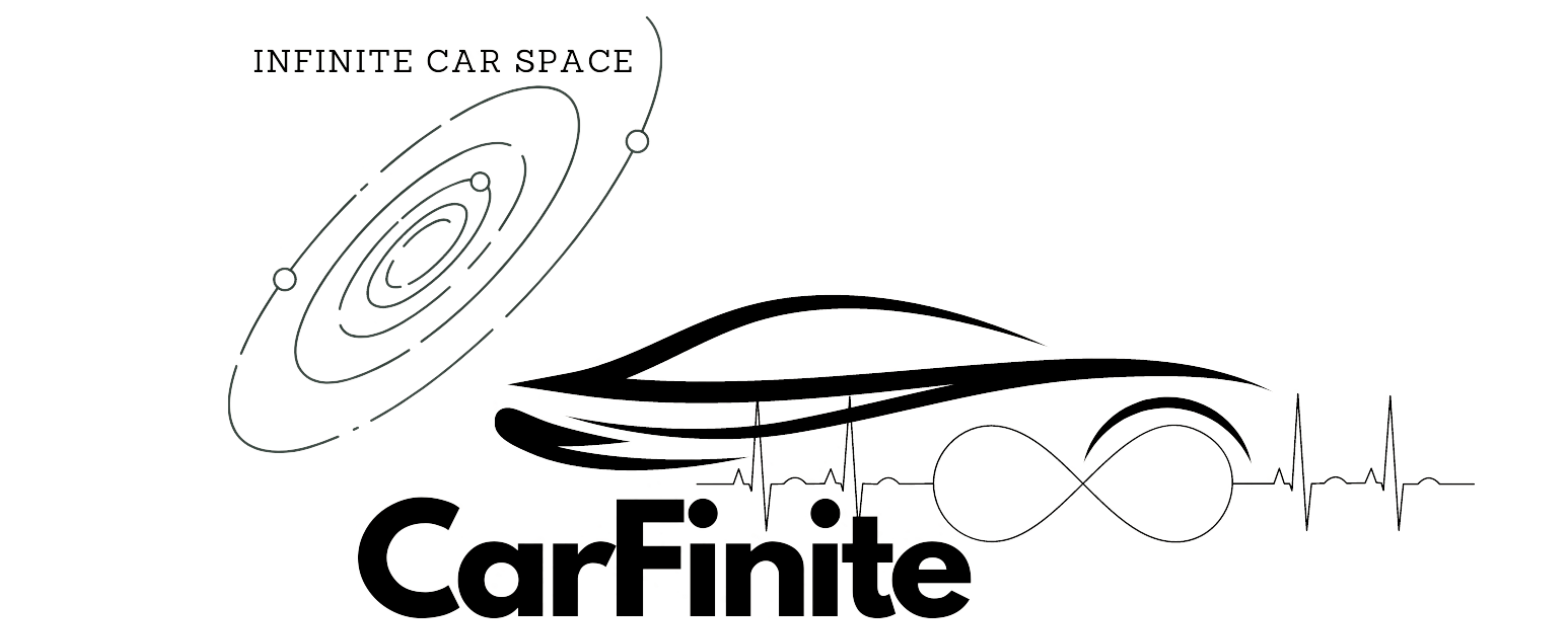The optimal time to replace your timing chain is typically between 100,000 and 150,000 miles. However, the mileage can vary depending on driving conditions, routine maintenance, and the age of your engine.
This article will discuss when you should plan for a timing chain replacement based on mileage recommendations, vehicle age, and operating conditions. It will also overview the high costs of this repair, the severe engine damage that can occur from a stretched timing chain, and the common signs like noise, reduced performance, and oil leaks that indicate it’s time for a replacement.
Keep reading for more details on how long timing chains normally last, associated repair costs, why replacement is critical, and symptoms of a worn timing chain.
When to replace a timing chain
Most manufacturers recommend replacing timing chains between 100,000 to 150,000 miles. However, several factors impact timing chain lifespan:
- Mileage recommendations: Timing chains connecting the crankshaft and camshaft normally last between 100,000 to 150,000 miles. Some vehicle makes may recommend intervals up to 180,000 miles. Frequent short trips and stop-and-go driving can reduce timing chain life.
- Age of the vehicle: As engines accumulate years and mileage, timing chains elongate and loosen from wear. Older engines are more prone to stretched chains that produce noise or slip timing. Replacement may be required beyond 10 years or high miles.
- Driving conditions: Aggressive driving, towing heavy loads, and excessive idling subject timing chains to added stress. Insufficient oil changes and dirty oil can lead to premature wear. These conditions may necessitate timing chain replacement under 100,000 miles.
How much does it cost to replace a timing chain?
Replacing a timing chain can cost $1000-$2000+ in labor alone, with parts costing several hundred dollars. The timing cover must be removed for access, adding hours of labor. Interference engines require aligning the camshaft and crankshaft, adding complexity. Total repair costs often exceed $2000.
Why is it important to replace a timing chain?
Replacing worn timing chains is critical to prevent serious engine damage. Stretched chains allow incorrect valve and piston timing. Contact between valves and pistons in interference engines leads to bent valves, damaged pistons, and possibly engine failure. Early timing chain replacement avoids these expensive repairs.
Signs of a bad timing chain
Watch for these common indicators that the timing chain needs replacement:
- Engine noise: As timing chains elongate, they become loose and chatter audibly. A rattling noise from the front of the engine that changes with RPMs often signals a stretched chain.
- Reduced engine performance: Incorrect valve timing from a loose chain reduces combustion efficiency, resulting in loss of power. Misfiring and reduction in fuel economy also indicate a bad timing chain.
- Check engine light: Error codes triggered by the camshaft or crankshaft position sensors indicate timing issues and a potential stretched timing chain.
- Oil leaks: A loose timing chain guide can cause leaks near the front of the engine. Oil leaks point to worn guides that should be addressed when the timing chain is replaced.
- Metal shavings in the oil: The timing chain links wear against each other and guides, producing fine metal debris in the oil. These particles are a sign of significant chain elongation.
How long does the timing chain last?
Most timing chains last between 100,000 to 150,000 miles. Driving conditions and maintenance impact longevity.
How long can you go with a bad timing chain?
It’s risky to drive any distance with a bad timing chain. Severe internal engine damage can occur rapidly. Replace it as soon as issues are noticed.
Is replacing a timing chain a big job?
Yes, timing chain replacement is labor-intensive. The timing cover must be removed for access, adding hours of work. It’s best left to professional mechanics.

John Smith, a Los Angeles-based car specialist and automotive writer, boasts over 20 years in the industry. With a background as a master technician and a decade-long writing stint at notable automotive publications, John now shares his expansive knowledge on CarFinite, simplifying car maintenance for readers.

